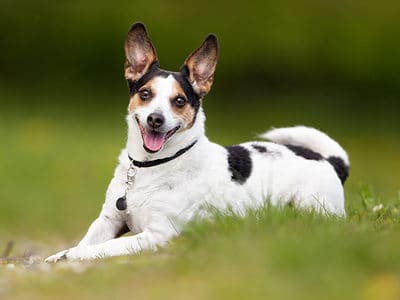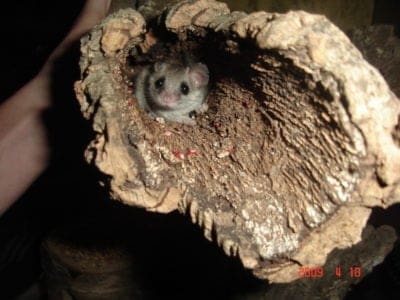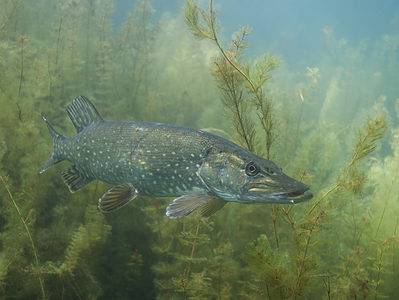Below you can find a complete list of Danish animals. We currently track 230 animals in Denmark and are adding more every day!
Denmark is a small Nordic country that emerged as an independent state in the Middle Ages. It borders Germany in the south while the rest of the country is surrounded by the Atlantic Ocean, including the North Sea and Baltic Sea. Denmark’s northern part comprises a large peninsula called Jutland, which connects directly to the European mainland, and more than 400 smaller islands. The most populous Danish islands are Zealand (which contains the capital of Copenhagen) and Funen. Other territories include Greenland and the Faroe Islands. Once heavily forested, Denmark today is covered by flat, arable land and sandy coasts. Various types of animals reside throughout the country, from deer and foxes to snakes and geckos. Gasadalur village and Beautiful waterfall, Sunny Day, Vagar, Faroe Islands, Denmark.
©Dmitry Pistrov/Shutterstock.com
The Official National (State) Animal of Denmark
Denmark is represented by not a single native animal, but by many: a national mammal (the red squirrel), a national bird (the mute swan), and a national butterfly (the small tortoiseshell). The red squirrel is the national mammal of Denmark. ©Giedriius/Shutterstock.com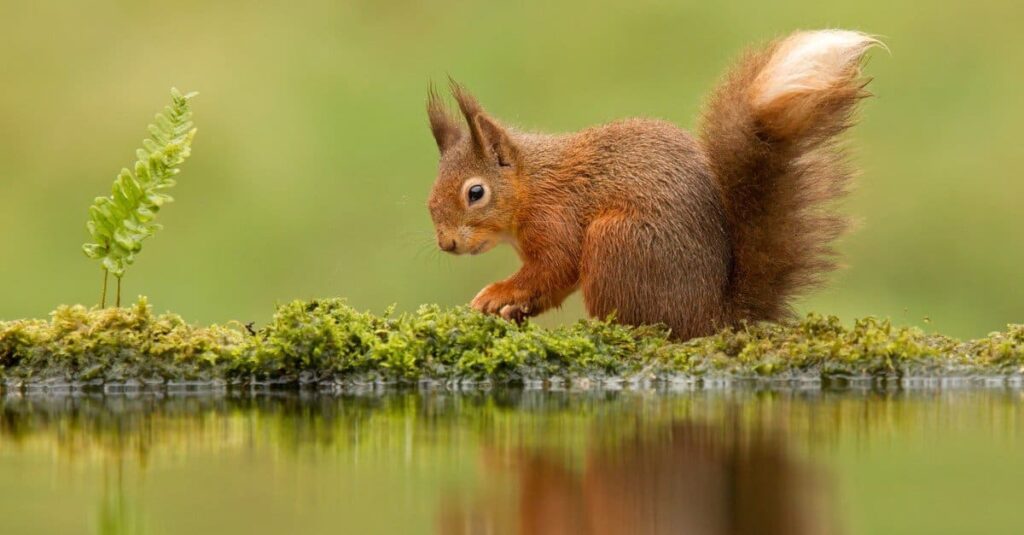
The red squirrel is native to Europe and Siberia and seems to be faring better in colder climates without as much competition from the recently introduced grey squirrel. The red coats and ear tufts of this squirrel blend with the bark of the pine trees that it favors. Red squirrels eat the seeds of trees, adeptly stripping pine cones to get to the seeds within, fungi, nuts, berries, vegetables, flowers, tree sap, and young tree shoots. Like other squirrels, it stores food in caches to be eaten later if food is scarce. The mute swan is the national bird of Denmark. ©Jim Nelson/Shutterstock.com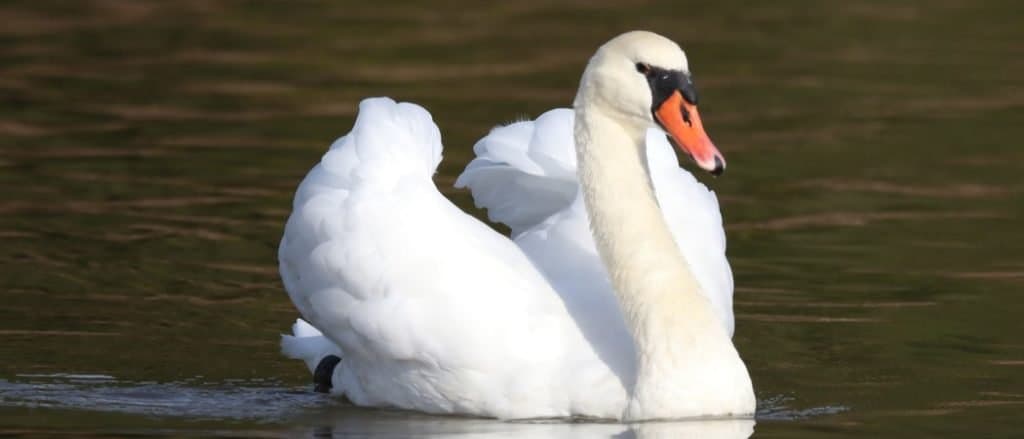
Mute swans are beautiful waterfowl with snowy white feathers and a long, elegant neck that they hold in an S. Renown for their beauty and their tendency to mate for life, these birds are the subjects of ballets and fairy tales and are often symbols of love. These birds are native to Denmark and are one of the heaviest flying birds – weighing up to 11.87 kg (26.2 lbs.). Mute swans nest on large mounds that they fashion from aquatic plants and often use the same nest year after year. They feed on insects, small fish, and frogs – but mostly they prefer aquatic plants and graze on grasses on the land.
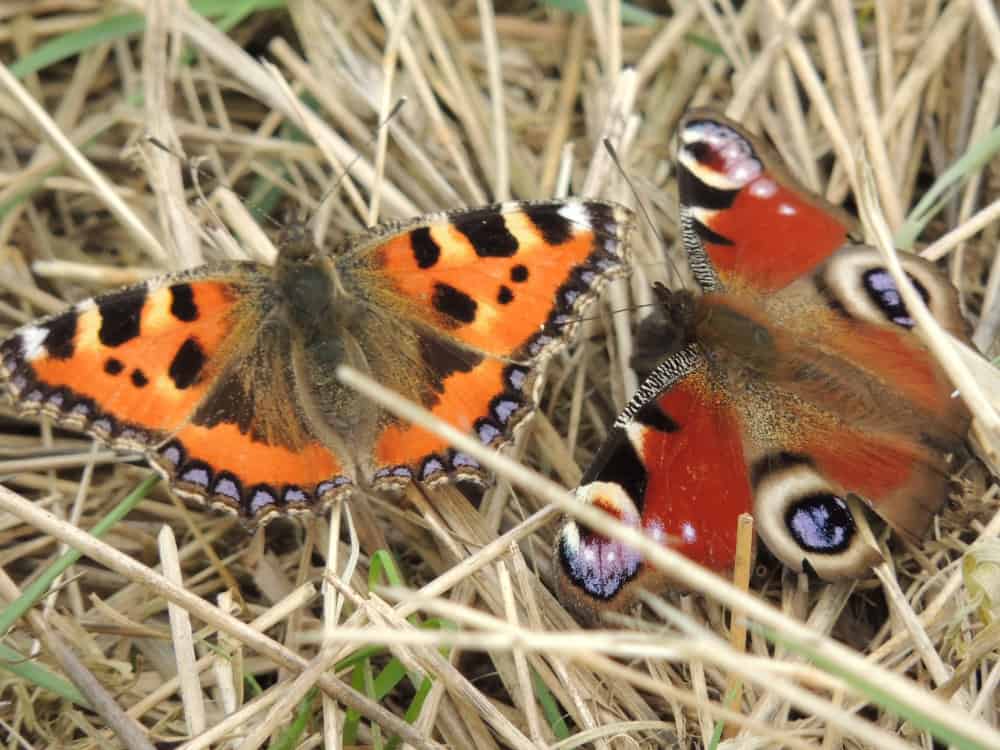
Denmark’s national butterfly is the Small Tortoiseshell (left).
©Paul Wranek – Copyright A-Z Animals
The small tortoiseshell is native to Denmark and can be found throughout Europe and Asia, wherever common nettle, which their larvae feed on, is found. The species is now in decline in Western Europe – even though nettle is plentiful. It is believed that summer drought is responsible for this – since eggs are laid on drenched leaves. The small tortoiseshell’s wings offer great camouflage – making it hard for birds to see them among the leaves. The red-orange of their wings also serves as a warning to birds that they are unpalatable. They are among the fastest-flying butterflies.
Where to Find the Top Wild Animals in Denmark
Denmark is home to six national parks, one of which resides in Greenland, where you can experience some of the country’s best wildlife.
- The Thy National Park, located on the west of the main peninsula, Jutland, was formed from centuries of drifting sands and dunes. It is home to deer, toads, cranes, wood sandpipers, and rare breeding birds.
- The Mols Bjerge National Park, centered on the Mols Hills in eastern Jutland, features a rich suite of foxes, hares, deer, lizards, snakes, nesting birds, sea birds, wading birds, and birds of prey.
- The Wadden Sea National Park, which constitutes part of the UNESCO World Heritage Site in the Wadden Sea, is a prime location for millions of migrating birds that pass through on their way to and from their winter grounds. It’s also home to a large number of fish and semi-aquatic mammals.
- The Kongernes Nordsjælland, also known as the Royal North Zealand National Park, is located to the north of Copenhagen on the island of Zealand. Amid the medieval ruins, castles, and royal palaces, two of which are classified as UNESCO World Heritage Sites, this park contains the forest of Gribskov and the lake of Esrum Sø. Visitors can experience deer, red foxes, badgers, woodpeckers, owls, eagles, and many other species of birds.
- The Skjoldungernes Land National Park to the immediate west of Copenhagen encompasses local fjords, forests, and the UNESCO World Heritage site of Roskilde Cathedral. The forest contains plenty of deer and foxes, while the fjords attract all kinds of gulls, terns, swans, eiders, geese, and ducks.
- Finally, the Northeast Greenland National Park, which protects about 375,000 square miles, is the largest national park in the entire world. A vast variety of animals including polar bears, walruses, Arctic foxes, Arctic hares, collared lemmings, Greenland wolves, and seals can be seen in this impressive park. Great northern divers, barnacles geese, king eiders, gyrfalcons, and snowy owls can also be found.

Greenland is a province of Denmark and is home to the Northwest Greenland National Park, the largest national park in the world.
©Kim Ries Jensen/Shutterstock.com
Birds in Denmark
Denmark is a relatively small country but it is surrounded extensively by coastline and ocean. The vast coastline provides inlets, marshlands, mudflats, and coastal meadows for a variety of sea birds and shorebirds. Denmark also lies directly along the path of migration routes between Europe and the other Scandinavian countries, meaning fall and spring are excellent times to see passerines, raptors, and waterfowl dot the skies and the lands of the country. Turtle doves are associated with Christmas thanks to the infamous song, “12 Days of Christmas.”
©petritzaa/Shutterstock.com
Some of the best birdwatching in Denmark takes place on the western coastline. Primarily geese, ducks, and shorebirds are present year-round in numbers reaching almost 100,000. The northernmost region of the country is known as Jutland. Skagen, at Jutland’s apex, acts as a bottleneck for migrating birds of prey specifically, drawing them in by the hundreds.
Some of the most popular avifauna to spot in Denmark include:
- Bar-headed Goose
- Falcated Duck
- Common Pochard
- Horned Grebe
- European Turtle Dove
- Cuckoos
Many bird species native to Denmark are threatened by diminishing habitats and human encroachment. Conservation groups are enforcing the protection of these birds to the best of their ability and visitors must adhere to the rules and regulations in place.
Fish in Denmark
Denmark may be small but it is mighty. As one of the top five in the world industry for fish exportation and products, it is a spectacular place for recreational angling. Surrounded almost on all sides by the ocean, sea fishing is one of the most popular forms of fishing in Denmark. However, inland rivers prove just as worthy of casting. Listed are several favored spots for fishing and some of the species found there!
- North Jutland – Atlantic Mackerel, Pollock, Flatfish
- Western Jutland Floodplains – Salmon, Sea Trout, Grayling
- Lake District – Zander, Pike, Sea Trout, Burbot, Eel
- Copenhagen – Cod, Mackerel, Perch, Pike
- Bornholm Island – Garfish, Sea Trout, Cod, Perch, Zander
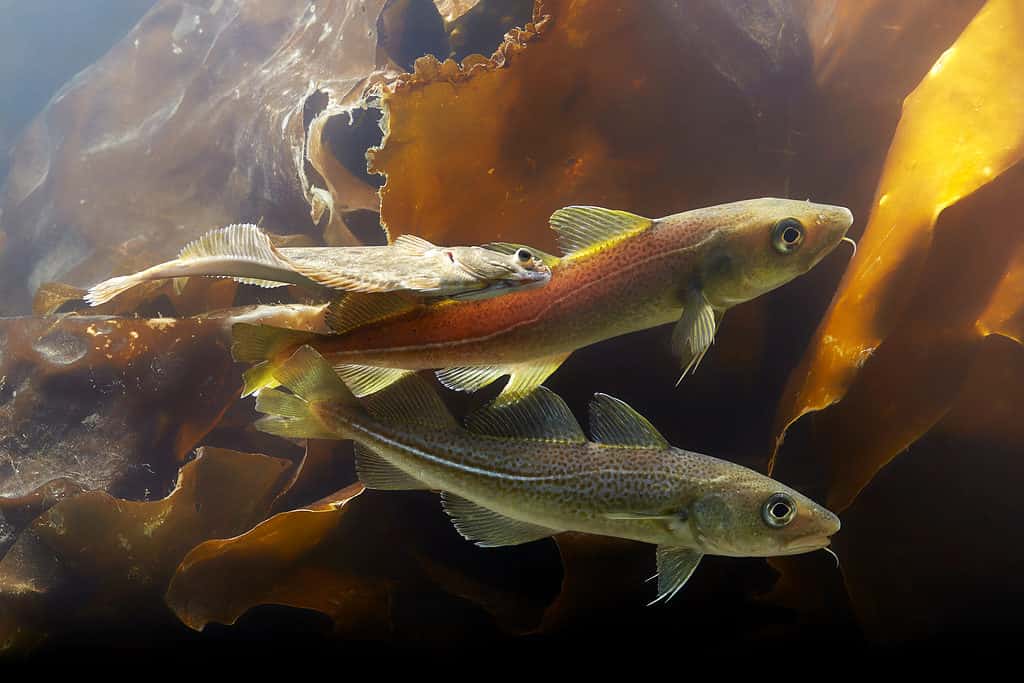
Atlantic cod is endangered in some areas but is still caught in Denmark.
©Pix Box/Shutterstock.com
Fishing is a fun pastime not only for visitors but for locals as well. Guides and charters are available just about everywhere in the country.
Snakes in Denmark
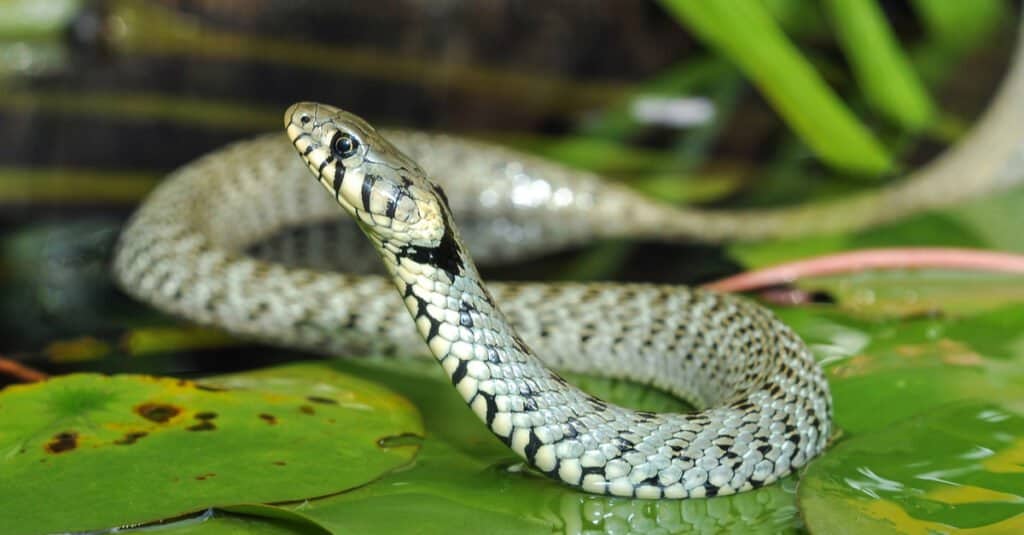
Grass snakes are one of two snakes that can be found in Denmark.
©Dr.Pixel/Shutterstock.com
Today, only two snake species roam the country of Denmark. Originally four, the Aesculapian and Smooth Snakes are considered extinct, leaving the European Adder and the Grass Snake as the remaining species. Luckily, while venomous, adders are relatively shy and do not bite unless provoked or startled. Grass snakes are nonvenomous and do not pose a threat to humans.
The European adder is venomous and is also considered to be one of the most dangerous animals in Denmark. It is important for visitors and locals to be aware of their surroundings and understand snake bite protocol.
Rarest Animal in Denmark
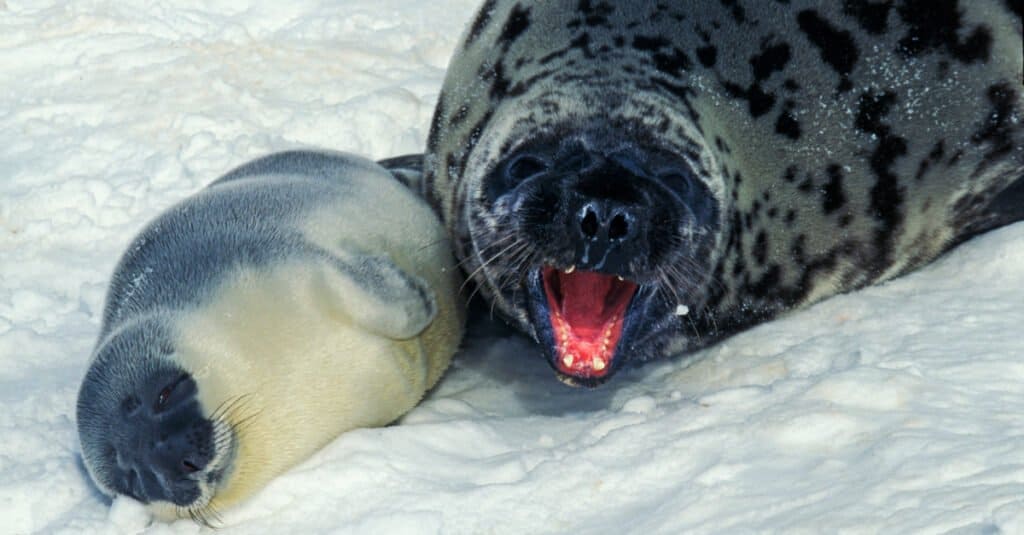
Hooded seals are one of the rarest animals in Denmark.
©slowmotiongli/Shutterstock.com
Hooded seals are native to Denmark and Greenland waters and are known for having large red sacks extending from their noses – very prominent in males. The males inflate their nasal septums to attract females or scare away the competition. Males can reach up to 600 pounds and are 8 – 10 feet in length. Females are smaller at 7 feet in length and 350 pounds.
Hooded seals eat crustaceans, fish, squid, sea stars, mussels, shrimp, and octopuses. They are known for diving and swimming deep water to get their food. These solitary animals prefer cold climates and tend to live on floating ice packs in the Atlantic. Climate change has threatened the animal by melting the ice that is so necessary for their lives and is their breeding ground. They are also threatened by oil spills, competition for food, and being caught in fishing nets.
Largest Animal in Denmark
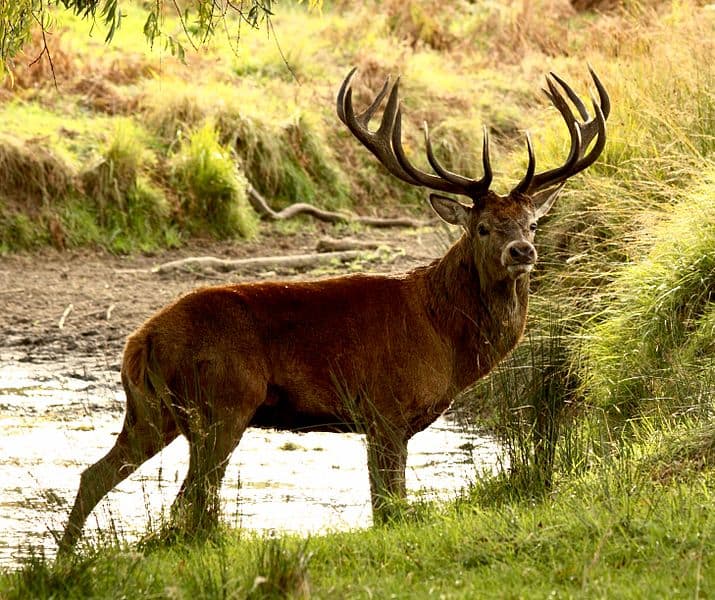
The red deer is one of the largest species of deer in the world and the largest land animal in Denmark.
The magnificent red deer is the largest land mammal in Denmark and can be seen in the remote areas of Western Jutland – where a herd of over 1,000 deer roams. Male red deer (stags) are typically up to 250 cm (98 in.) long and weigh up to 240 kg (530 lbs.) Stags sport large racks of antlers that increase in size every year. Females grow up to 210 cm. (83 in.) long and weigh up to 170 kg (370 lbs.)
These large deer sport reddish coats in the summer that fade to grey-brown in winter. They graze on grasses, dwarf shrubs, heather, bilberry, tree shoots, and woody browse. The species became almost extinct due to overhunting but has made a comeback in remote areas and the current population is genetically close to the original Danish red deer.
The Most Dangerous Animals in Denmark Today
Besides a few insects such as ticks and mosquitos that spread diseases, Denmark is free of all but a few dangerous animals. European adders are the only venomous snake in Denmark. ©/Shutterstock.com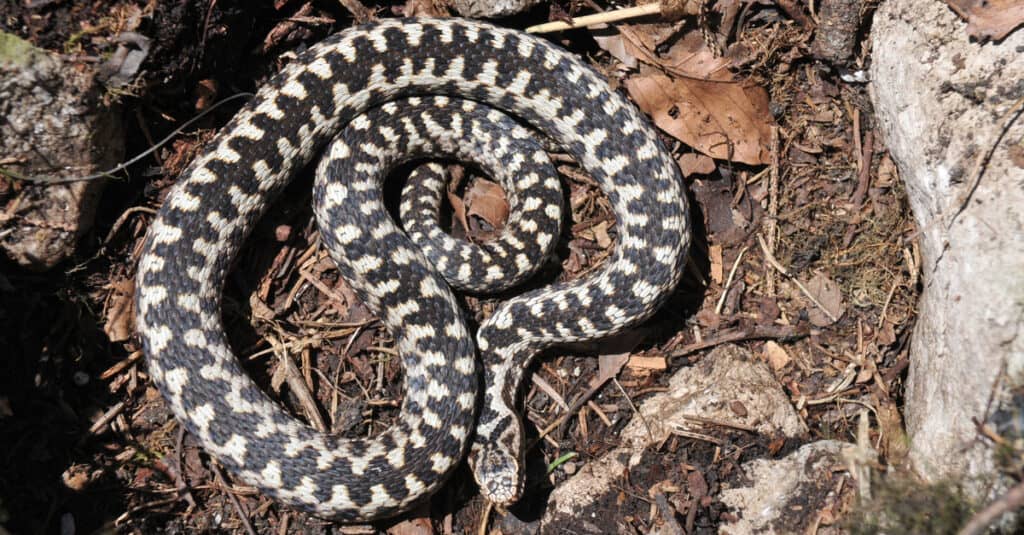
- Common European Adder – As the only venomous snake in all of Denmark, the European adder will sometimes take people by surprise and deliver a painful bite. Common symptoms of its venom include pain, swelling, tingling, and blisters, but hospitalization is only required in a small percentage of all cases. More systemic symptoms such as nausea, vomiting, diarrhea, sweating, fever, blindness, and loss of consciousness are generally signs of a serious reaction. They can appear within the first few hours after a bite and should be treated as soon as possible. Cardiovascular failure occurs in only the most severe cases.
- European Hornet – The largest wasp native to Europe, the European hornet may sting people if it feels threatened. Most stings are painful but should not require medical attention. However, in a small number of cases, serious symptoms may include tingling, shortness of breath, and changes in heart rate and blood pressure.
Zoos in Denmark
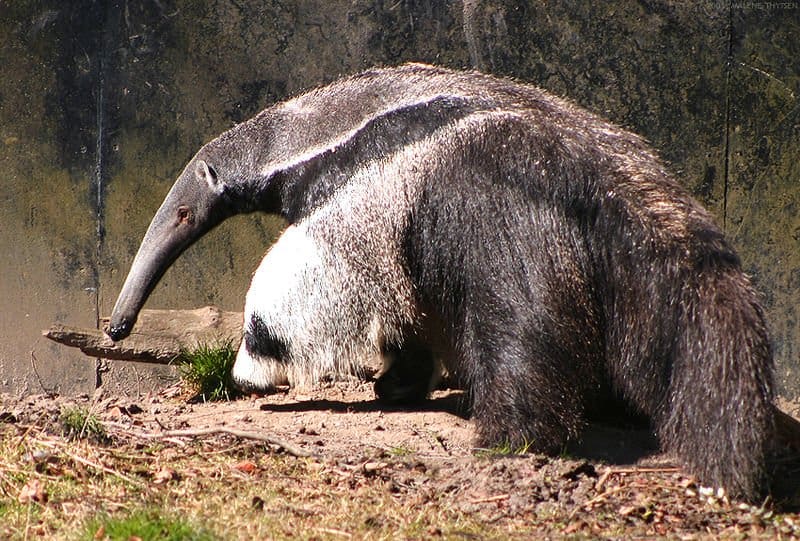
Giant anteater (Myrmecophaga tridactyla), Copenhagen Zoo, Denmark
©Malene Thyssen / Creative Commons – License
- Copenhagen Zoo – One of the oldest zoos in Europe, Copenhagen Zoo was founded in 1859 and is now one of the top visited sights in Denmark. Exhibits are broken up by specific countries of Asia, South America, Africa, Tasmania, and a whole tropical section. Rare species such as Tasmanian devils, Schmitz’s caracals, East African chimpanzees, and Tasmanian wombats are conserved within the zoo.
- Aalborg Zoo – Today the zoo plays an important role in conservation efforts around the world including breeding, rehabilitation, and reintroduction programs. Over 1,500 animals reside within the zoo, including polar bears, orangutans, and hippopotamuses.
Endangered Animals in Denmark
While the Danish government does extend protection to its current endangered animals, there are still several species at risk of becoming extinct: Eurasian beavers went extinct from Denmark in 1000 AD but were reintroduced in 1999. ©iStock.com/TatianaMironenko
- Hooded Seal – Featuring a unique inflatable balloon-like sac on the head of the male, the hooded seal is native to the North Atlantic, from Canada to Greenland. As a result of accidental bycatch and overhunting (their bodies are used to produce leather and oil), numbers declined throughout the 20th century. This species is currently classified as vulnerable by the IUCN Red List.
- Eurasian Beaver – The beaver went extinct from Denmark around the year 1000 AD. It was later reintroduced back into the country in 1999 and spread quickly from there. However, it’s still endangered enough to warrant protection.
- Polar Bear – The mighty polar bear roams across the frigid snow and ice of Greenland. While it’s still listed as vulnerable by the IUCN Red List, the number of polar bears may fall further due to the combined effect of climate change, pollution, and oil and gas development in the Arctic.
The Flag of Denmark
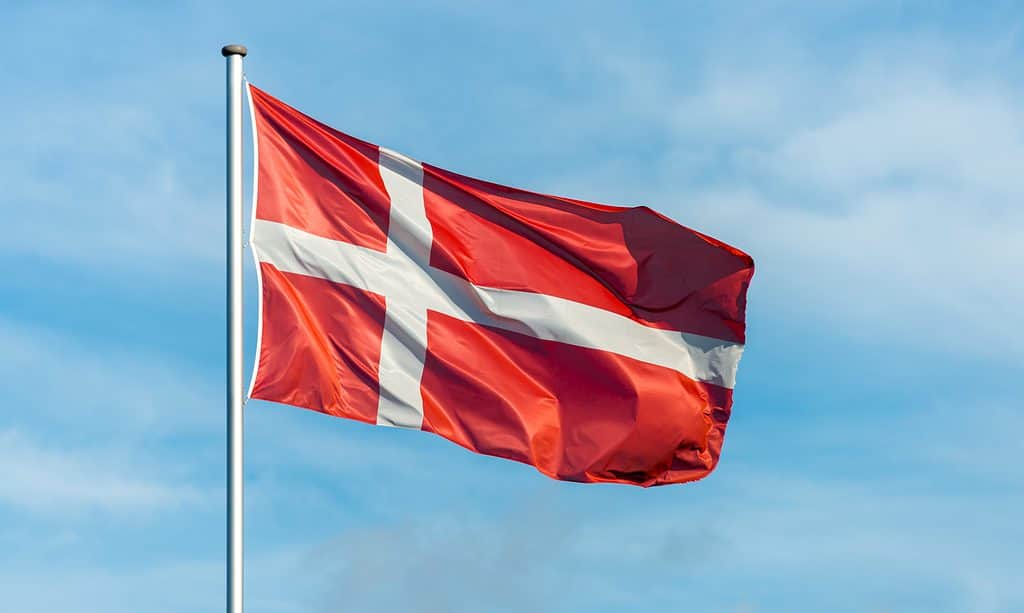
©iStock.com/A-Basler
The national flag of Denmark has a red background with a white Nordic cross positioned off-center. The red background represents battle and the white color peace. The white cross is depicted as a symbol representing Christianity.
The flag is called the Dannebrog and according to legend, it fell from the sky in Estonia on June 15, 1219. Dannebrog means “Danish cloth” or “well-made material”. The Danes were the first to adopt the cross design, which now features on all Nordic flags.
Danish Animals
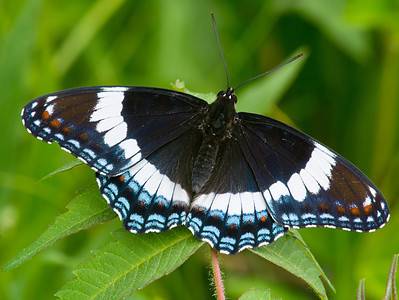
Admiral Butterfly
Stunningly beautiful wings

Ant
First evolved 100 million years ago!
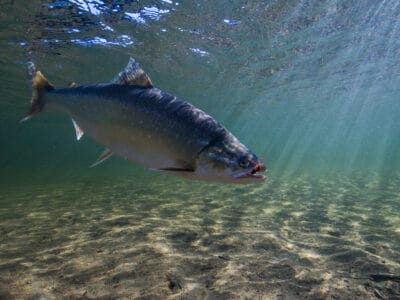
Arctic Char
Arctic char is the northern-most fish; no other fish lives anywhere further north!

Armyworm
They are so named because they "march" in armies of worms from one crop to another in search of food
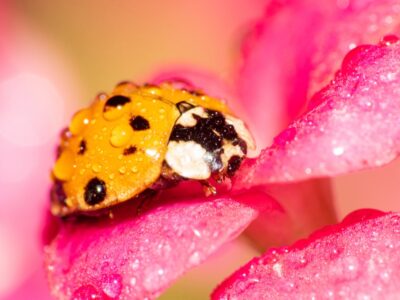
Asian Lady Beetle
Asian lady beetles infest indoor spaces, but they do not reproduce indoors.
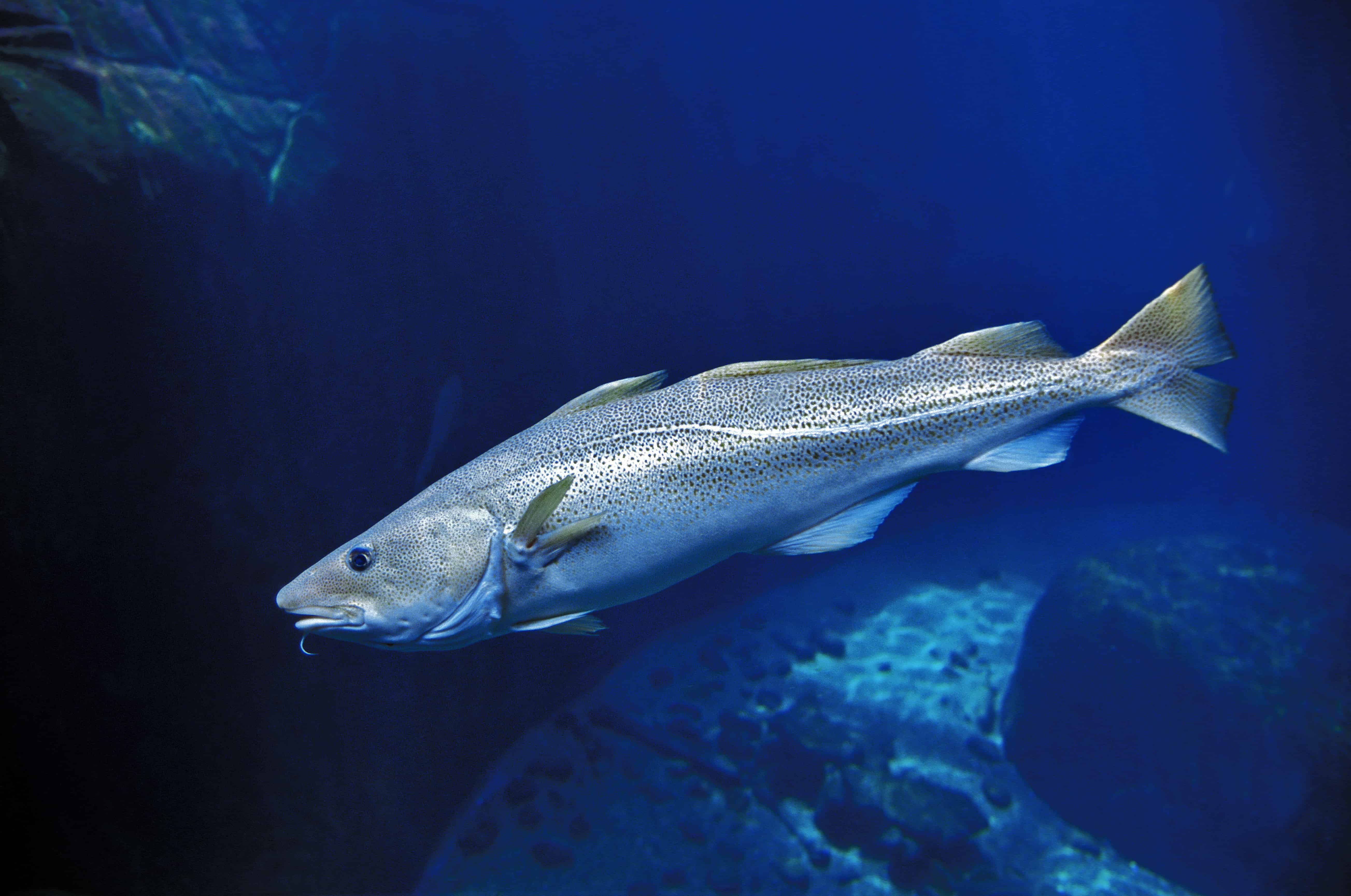
Atlantic Cod
One of the most popular food fishes in the world
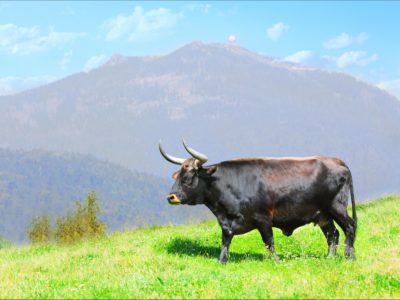
Aurochs
Extinct ancestor of all domesticated cattle!
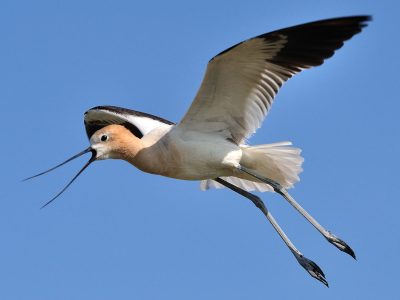
Avocet
Has a curved, upturned beak!
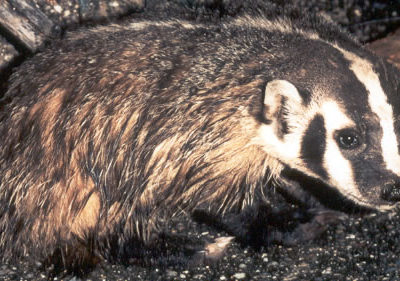
Badger
Can reach speeds of 30 km/h!

Barn Owl
Found everywhere around the world!

Barn Swallow
Older offspring help care for new hatchlings.

Bat
Detects prey using echolocation!
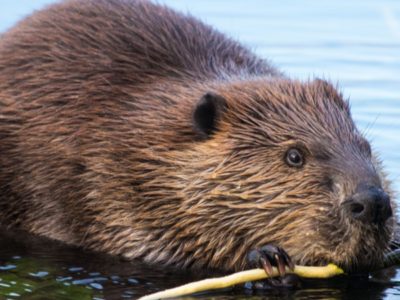
Beaver
Builds a dam from sticks and leaves!

Bed Bugs
Bed bugs feed for 4-12 minutes.

Bee
Rock paintings of bees date back 15,000 years

Beetle
There are more than 350,000 different species

Beewolf wasp
They hunt bees

Bird
Not all birds are able to fly!

Biscuit Beetle
The biscuit beetle form a symbiotic relationship with yeast

Black Widow Spider
They typically prey on insects!
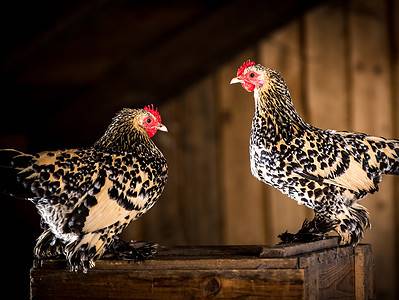
Booted Bantam
The feathers on the feet of tiny Booted Bantam chickens can reach up to six inches in length!
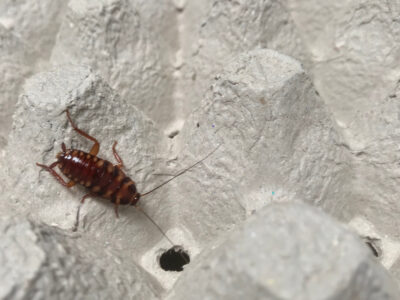
Brown-banded Cockroach
Females glue egg cases to furniture

Brown Dog Tick
Can live its entire life indoors

Bumblebee
The most common species of bee!

Butterfly
There are thought to be up 17,500 species!
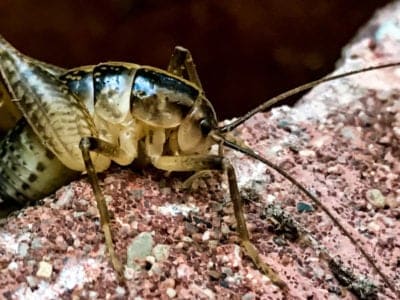
Camel Cricket
The camel crickets that are found in the USA are light brown in color. They also have dark streaks all over their body.

Carpenter Ant
Carpenter ants can lift up to seven times their own weight with their teeth!

Cat
May have been domesticated up to 10,000 years ago.

Caterpillar
The larvae of a moth or butterfly!

Catfish
There are nearly 3,000 different species!

Centipede
There are about 3,000 documented species!
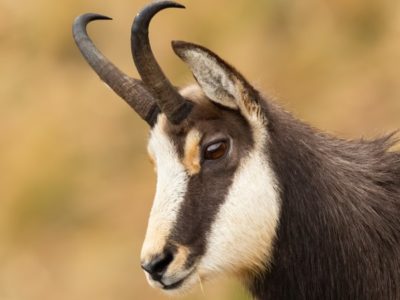
Chamois
Natively found in the European mountains!

Chicken
First domesticated more than 10,000 years ago!

Cockroach
Dated to be around 300 million years old!

Codling Moth
Pupae are able to undergo diapause to survive poor fruit yield years and winter.
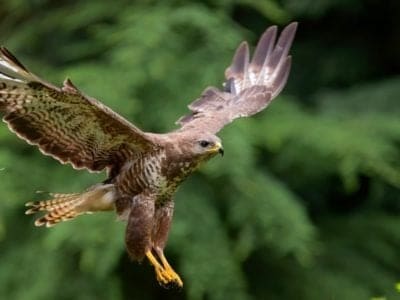
Common Buzzard
The most common raptor in the UK!
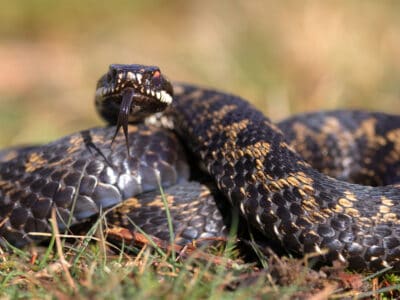
Common European Adder
European adders are the only snake that lives above the Arctic Circle.
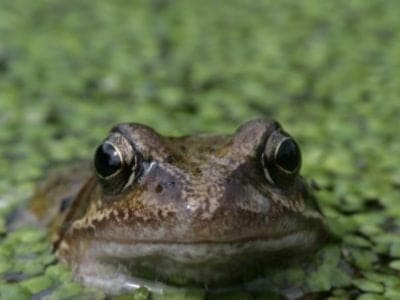
Common Frog
Found throughout the European continent!

Common Furniture Beetle
The common furniture beetle feeds exclusively on wood

Common House Spider
House spiders have the ability to eat most insects in a home.
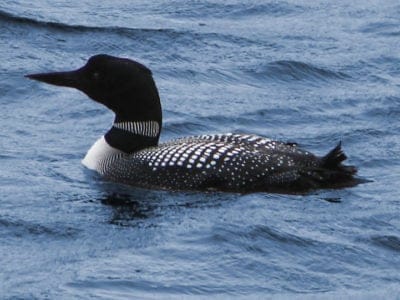
Common Loon
Also known as the Great Northern Diver

Common Raven
A group of ravens is called an unkindness or a conspiracy.
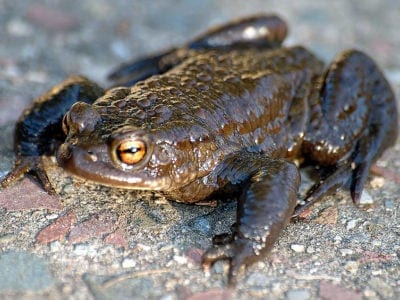
Common Toad
Most active in wet weather!

Cormorant
They can fly 35 mph and dive 150 feet below water.

Cow
There are nearly 1.5 billion worldwide!

Crab
There are 93 different crab groups

Crab Spider
Crab Spiders can mimic ants or bird droppings
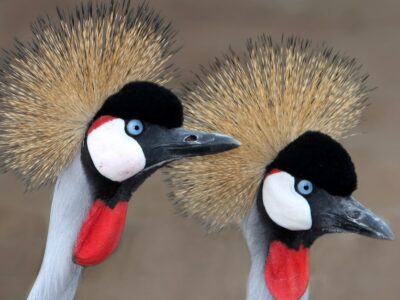
Crane
Many are critically endangered species!

Cricket
Male crickets can produce sounds by rubbing their wings together

Crow
A group of these birds is called a Murder.

Deer
There are around 40 different species!

Dog
First domesticated in South-East Asia!

Dog Tick
Dog ticks feed on dogs and other mammals

Donkey
First domesticated 5,000 years ago!

Dragonfly
It's larvae are carnivorous!

Duck
Rows of tiny plates line their teeth!

Dung Beetle
The dung beetle can push objects many times its own weight
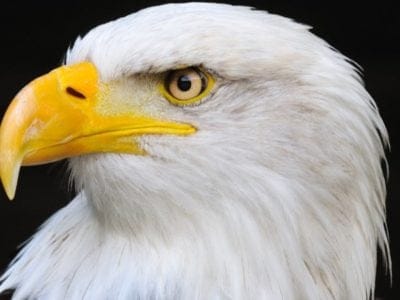
Eagle
Has exceptional eyesight!

Earthworm
They are hermaphrodites, which means they have male and female organs

Earwig
There are nearly 2,000 different species!
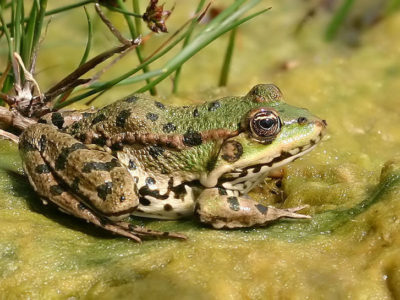
Edible Frog
Are known to guard the muddy banks!

Eel
Eels can be a mere few inches long to 13 feet!
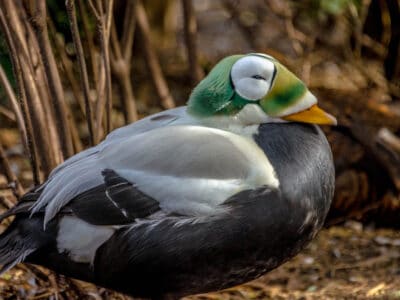
Eider
Eiders are sexually dimorphic, with males being larger and more colorful.
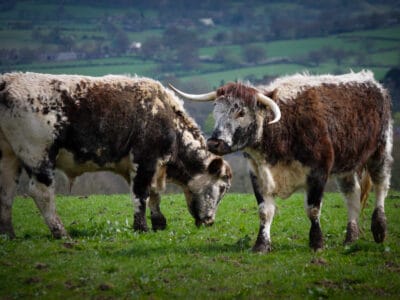
English Longhorn Cattle
Although they look similar to the Texas Longhorn, they are not closely related.
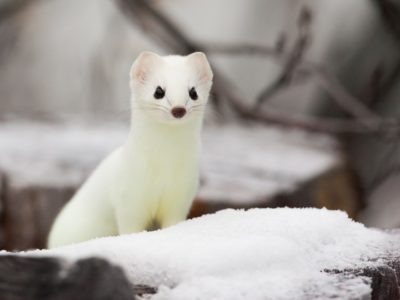
Ermine
A very bold and ferocious predator!
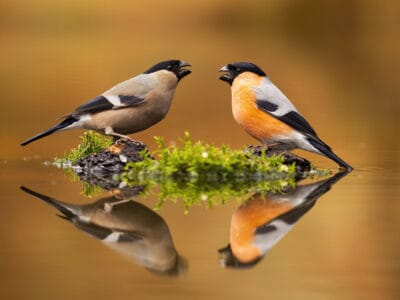
Eurasian Bullfinch
The shy eurasian bullfinch prefers to forage very close to cover.
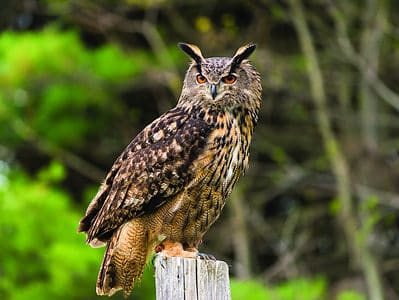
Eurasian Eagle-owl
The Eurasian Eagle-owl is the second largest owl in the world with a wingspan up to six feet!
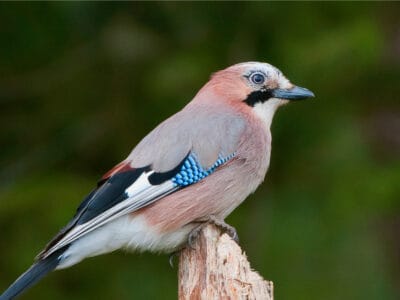
Eurasian Jay
The Eurasian jay has the ability to mimic other sounds
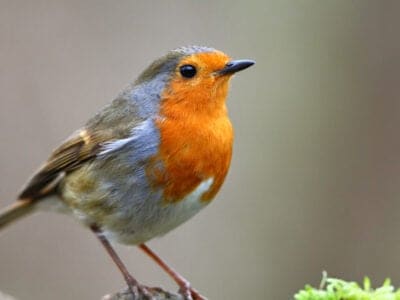
European Robin
Male robins are so aggressive and territorial that they will attack their own reflections.

Falcon
The fastest creatures on the planet!

False Widow Spider
False spiders actually prey on black widow spiders and other hazardous spiders
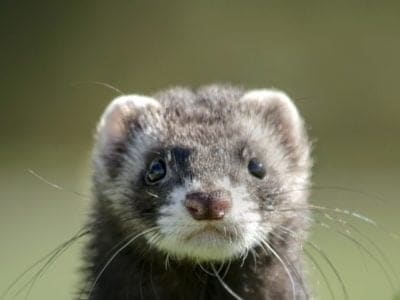
Ferret
Ferrets can be trained to do tricks like dogs!
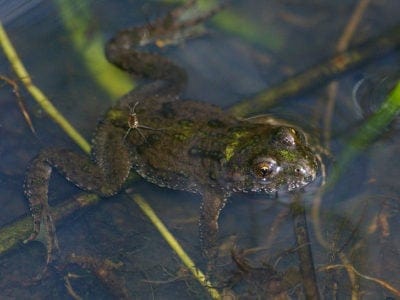
Fire-Bellied Toad
Found across mainland Europe and Asia!

Firefly
The firefly produces some of the most efficient light in the world

Flea
Adult fleas can jump up to 7 inches in the air

Fly
There are more than 240,000 different species!
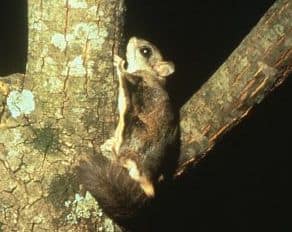
Flying Squirrel
Can glide up to 90 meters!
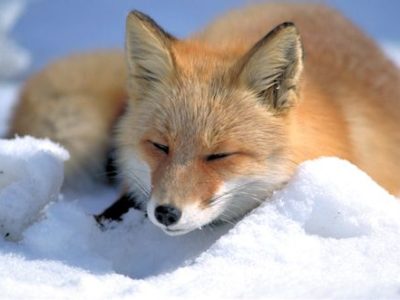
Fox
Only 12 species are considered "true foxes"

Frog
There are around 7,000 different species!

Fruit Fly
Fruit flies are among the most common research animals in the world

German Cockroach
The most common type of urban roach
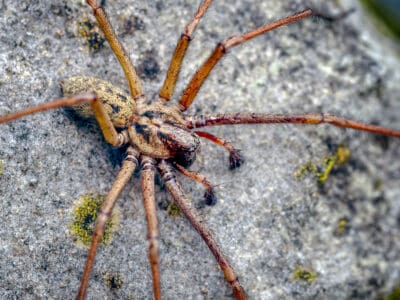
Giant House Spider
They are the fastest invertebrates in the U.K.
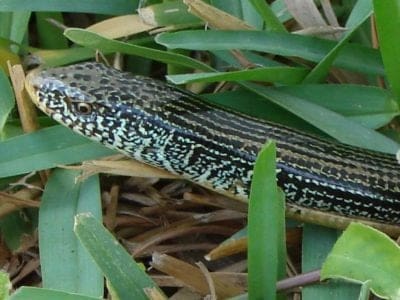
Glass Lizard
Can grow up to 4ft long!

Glowworm
Found inhabiting dense woodland and caves!

Gnat
Males form large mating swarms at dusk

Goat
Most closely related to the Sheep!
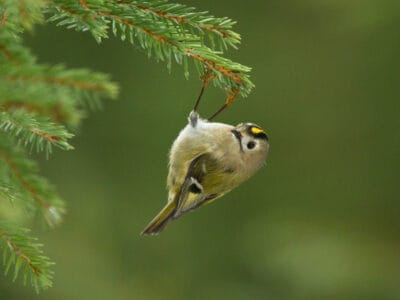
Goldcrest
The goldcrest never starts moving and needs to consume for most of the day to survive. Therefore, in the colder months, it's best that eat 90% a day.
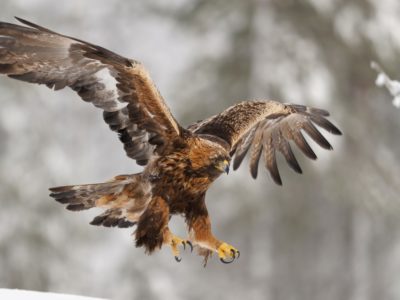
Golden Eagle
Their calls sound like high-pitched screams, but they are quiet most of the time.
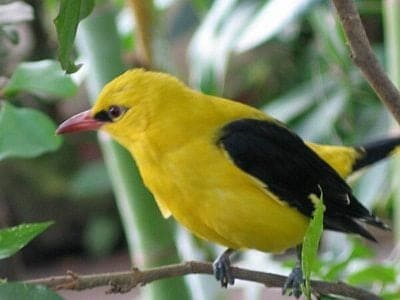
Golden Oriole
Migrates between Europe and Asia!
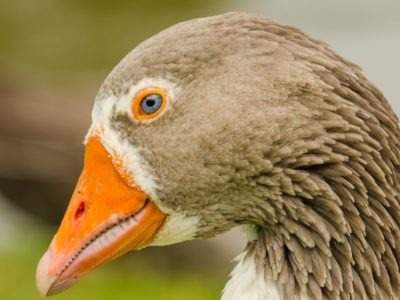
Goose
There are 29 different species!

Grasshopper
There are 11,000 known species!
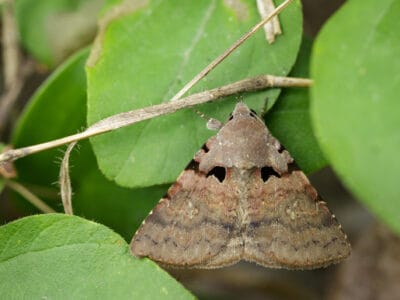
Gypsy Moth
One of the most invasive species in the world

Hamster
Able to run as quickly backwards as forwards!

Hare
Can reach speeds of over 50 mph!

Hawk Moth Caterpillar
Many hawk moth caterpillars eat toxins from plants, but don’t sequester them the way milkweed butterflies do. Most toxins are excreted.
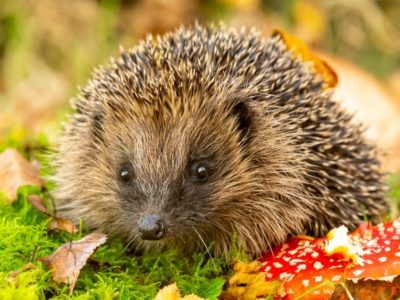
Hedgehog
Thought to be one of the oldest mammals on Earth!

Heron
Inhabits wetlands around the world!
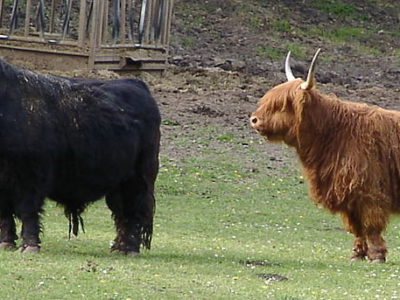
Highland Cattle
Natively found in the Scottish Highlands!

Honey Bee
There are only 8 recognized species!
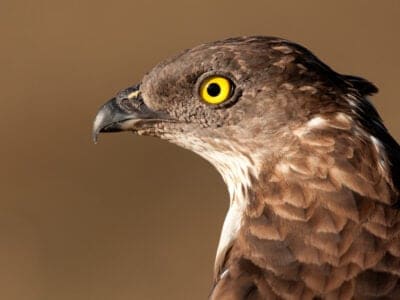
Honey Buzzard
Honey buzzards are medium-sized raptors that earned their names by raiding the nests of bees and wasps.
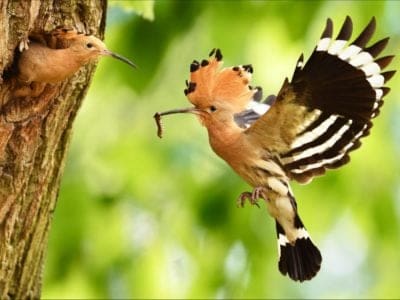
Hoopoe
Stunning bird with a stinky way to deter predators!

Horse
Has evolved over 50 million years!

Horsefly
Horseflies have been seen performing Immelmann turns, much like fighter jets.

Housefly
The fly has no teeth

Human
Thought to have orignated 200,000 years ago!

Huntsman Spider
Some huntsman spiders have an interesting way of moving around. Some cartwheel while others do handsprings or backflips.

Insects
There are an estimated 30 million species!

Jumping Spider
Some can jump 50 times the length of their bodies
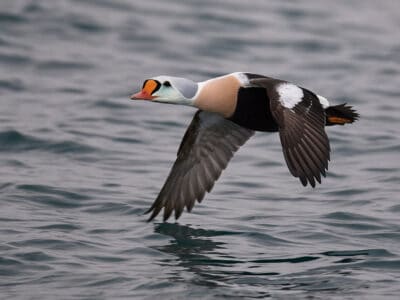
King Eider
The species name, spectabilis, is Latin for “showy” or “remarkable,” referencing the attractiveness of the adult male’s plumage.

Kingfisher
Inhabits wetlands and woodlands worldwide!

Ladybug
There are more than 5,000 species worldwide!

Leech
Has 10 pairs of eyes!
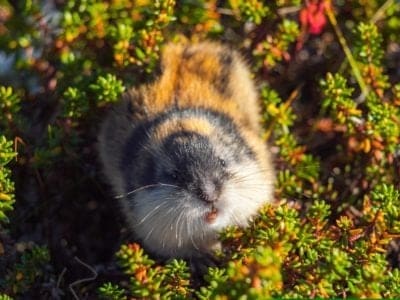
Lemming
Does not hibernate during the bitter Arctic winter!
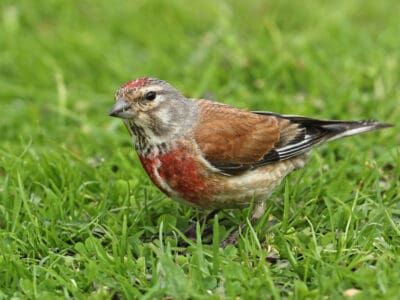
Linnet
While linnets are monogamous during mating season, they do not mate for life. While breeding pairs are together, the males are highly territorial and will defend the nesting site and the surrounding area.

Lizard
There are around 5,000 different species!
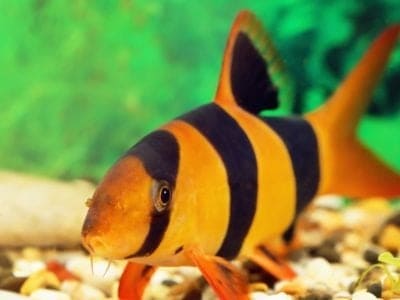
Loach
Have sharp spines below their eyes

Locust
Each locust can eat its weight in plants each day.
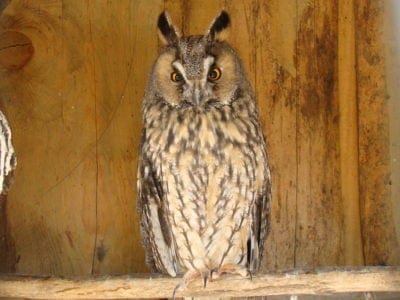
Long-Eared Owl
Ear tufts make it look bigger!
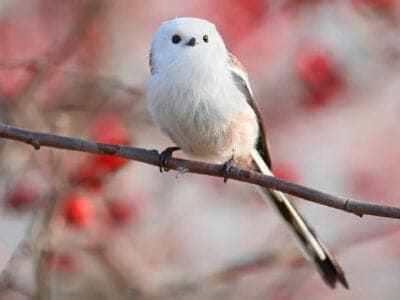
Long-Tailed Tit
Often hangs upside down while feeding!
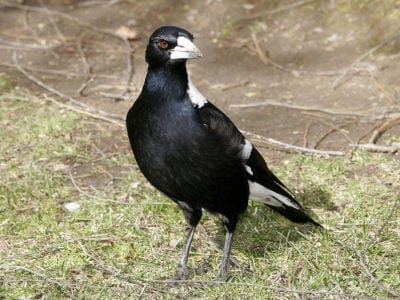
Magpie
They are found across Europe, Asia and Africa!

Marsh Frog
Has bright green skin!

Mayfly
There are 2,500 known species worldwide!

Mealybug
They have a symbiotic relationship with ants.
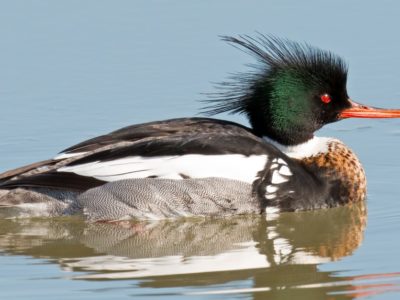
Merganser
They line their nests with their feathers

Millipede
Some species have a poisonous bite!

Mole
Primarily hunts and feeds on Earthworms!

Mongrel
Has characteristics of two or more breeds!

Moorhen
Feeds on aquatic insects and water-spiders!

Mosquito
Only the female mosquito actually sucks blood

Moth
There are 250,000 different species!

Mouse
Found on every continent on Earth!

Mule
The offspring of a horse and donkey parents!
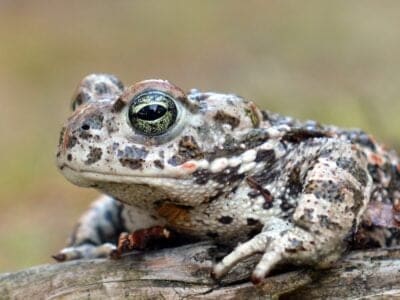
Natterjack
Can lay up to 7500 eggs

Neanderthal
Roamed Asia and Europe for around 100,000 years!

Nematode
Nematodes range in size from 1/10 of an inch to 28 feet long
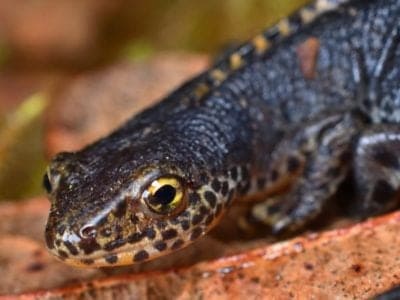
Newt
Able to regrow lost or damaged limbs!

Nightingale
Named more than 1,000 years ago!

No See Ums
There are more than 5,000 species.
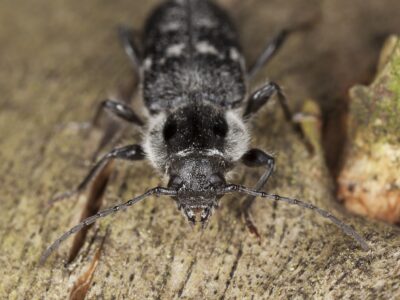
Old House Borer
Depending on the habitat and climate, these beetles can live between 2 to 10 years, often staying in their larval stage for several years, making them extremely dangerous to wooden structures.

Orb Weaver
Females are about four times the size of males

Osprey
They reuse nesting sites for 70 years!

Otter
There are 13 different species worldwide

Owl
The owl can rotate its head some 270 degrees
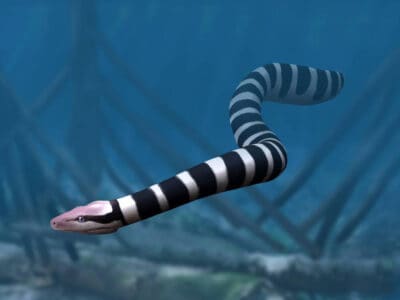
Palaeophis
This snake was as long as a school bus!

Peregrine Falcon
Fastest animal on Earth

Pheasant
Females lay between 8 and 12 eggs per clutch!
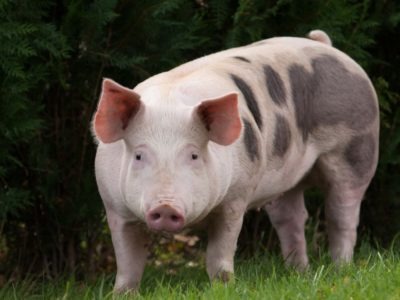
Pig
Thought to have been domesticated in 9,000 BC!

Pigeon
They can find their way back to their nests from up to 1300 miles away.
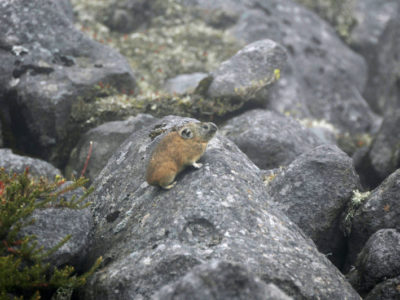
Pika
Found in mountainous regions and rocky areas
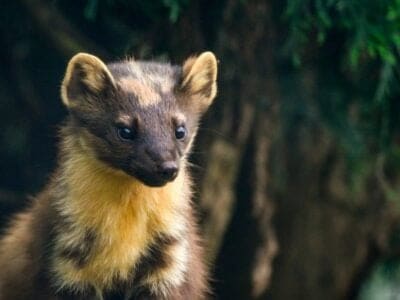
Pine Marten
A pine marten can jump from tree to tree similar to a squirrel.
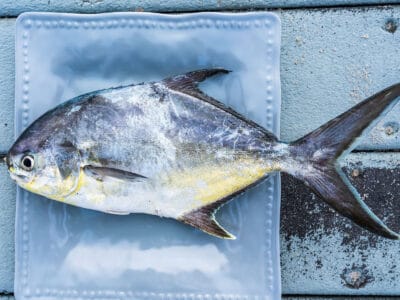
Pompano Fish
They are bottom-feeders

Pond Skater
There are 500 different species!
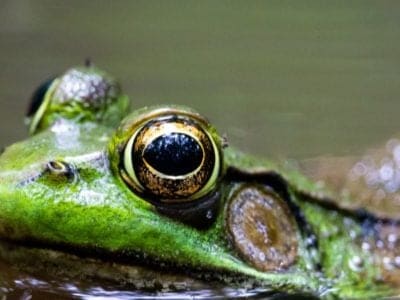
Pool Frog
The rarest amphibian in the UK!
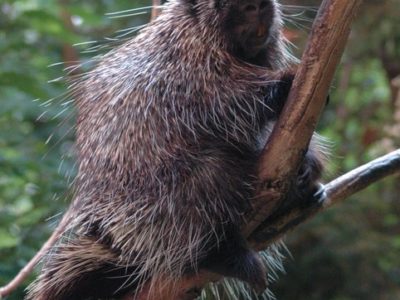
Porcupine
There are 30 different species worldwide!

Purple Emperor Butterfly
Inhabits deciduous forests!
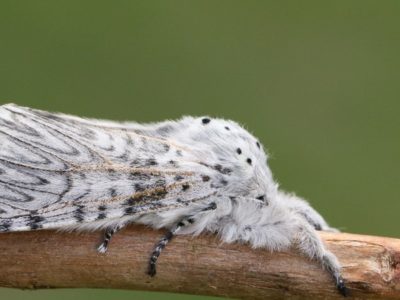
Puss Moth
Caterpillars squirt formic acid!

Quail
Inhabits woodland and forest areas worldwide!
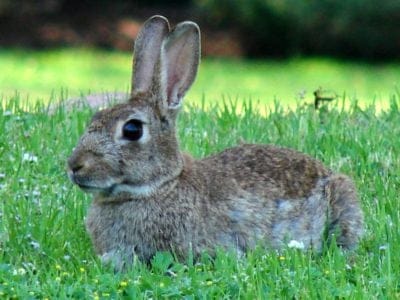
Rabbit
There are more than 300 different species!
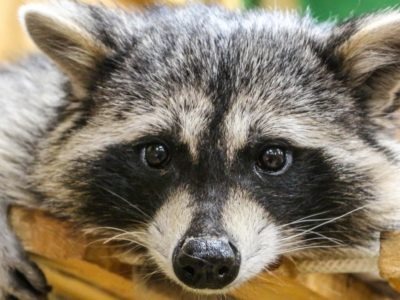
Raccoon
Known to wash their food before eating it!
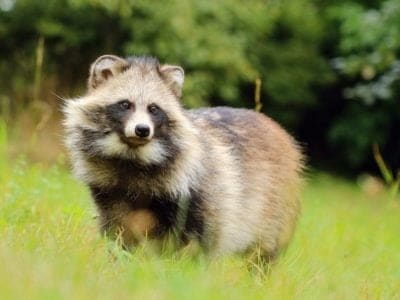
Raccoon Dog
The only hibernating canine!

Rat
Omnivores that eat anything!

Red Deer
A male red deer shows his age in his antlers, which become longer and more branched every year.

River Turtle
Inhabits freshwater habitats around the world!
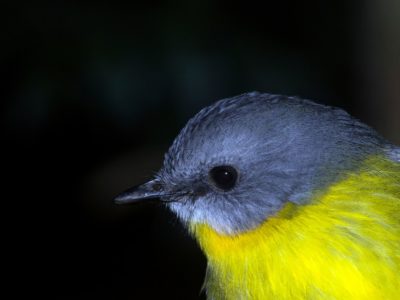
Robin
There are more than 45 species in Australia alone!

Rodents
The capybara, the world’s largest rodent, likes to be in and around bodies of water. Because of this, the Catholic Church in South America decided that it was a fish, and people were allowed to eat it during Lent and First Fridays.

Roe Deer
The roe is one of the most popular game animals in Europe

Rooster
Will mate with the entire flock!
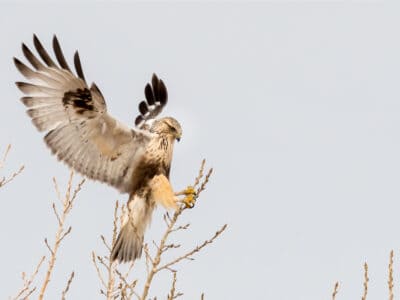
Rough-Legged Hawk (Rough-Legged Buzzard)
Its scientific name, lagopus, is Ancient Greek for “hare” and “foot,” referring to its feathered feet and toes.

Sable Ferret
Ferrets were used during the Revolutionary War to keep down the rat population.
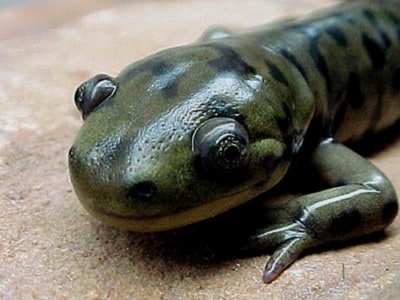
Salamander
There are more than 700 different species!
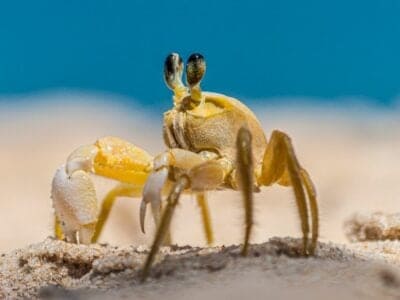
Sand Crab
The sand crab burrows beneath the sand with its tail

Sand Lizard
Males turn green in spring!

Scorpion
There are around 2,000 known species!

Sea Eagle
The sea eagle tends to mate for life with a single partner

Seahorse
Males give birth to up to 1,000 offspring!

Sheep
Around 35 million in the English countryside!
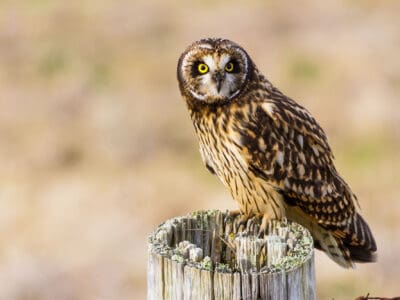
Short-Eared Owl
The short-eared owl is one of the most widespread owl species in the world, covering five continents.

Shrew
The spinal column of the shrew Scutisorex somereni is so strong and reinforced that it can support the weight of an adult human.

Shrimp
There are 2,000 different species worldwide!

Skink Lizard
Some skinks lay eggs in some habitats while giving birth to skinklets in other habitats.
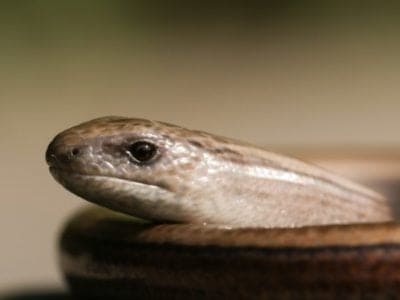
Slow Worm
Found widely throughout British gardens!

Slug
They glide around on one foot, which is aided by the slime they produce

Smokybrown Cockroach
Has up to 45 eggs per egg case

Snail
There are nearly 1,000 different species!

Snake
There are around 4,000 known species worldwide
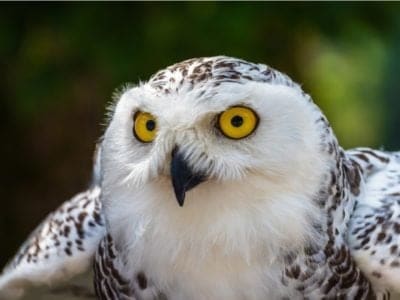
Snowy Owl
One of the largest owl species in the world!
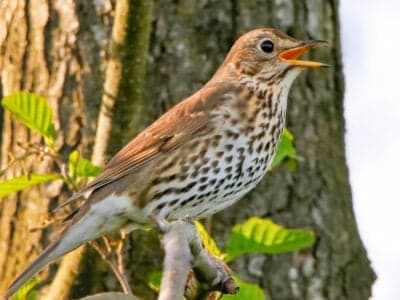
Song Thrush
A male song thrush can have over 100 phrases in his repertoire of songs and can imitate pet birds, telephones and other man-made objects.
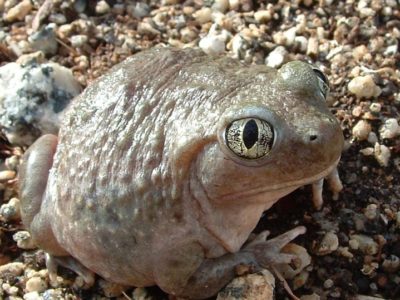
Spadefoot Toad
They spend most of their time underground!

Sparrow
There are 140 different species!

Spider Wasp
They prey on spiders to feed their larvae or they parasitize other spider wasps.

Squirrel
Small rodents found in woodlands worldwide!

Stick Insect
There are more than 3,000 different species!
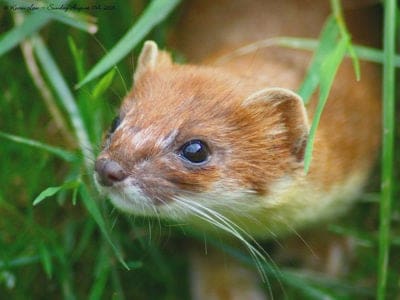
Stoat
Average adults weigh about 200 grams!

Stork
They can’t sing like other birds.

Swan
Populations have been affected by pollution!

Tawny Owl
The most widespread owl in Europe!

Termite
Their mounds can be up to 9 meters tall!
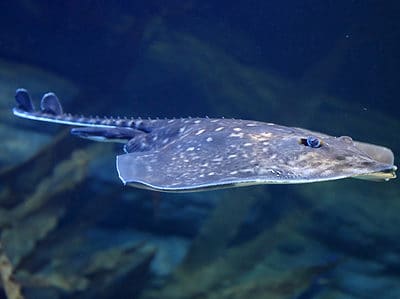
Thornback Ray
The skate with the biggest spines!

Thrush
The American robin is called the robin because its red breast reminded European settlers of the robin back in the old country.

Tick
They inject hosts with a chemical that stops them from feeling the pain of the bite

Tiger Beetle
The adult tiger beetle is one of the fastest land insects in the world
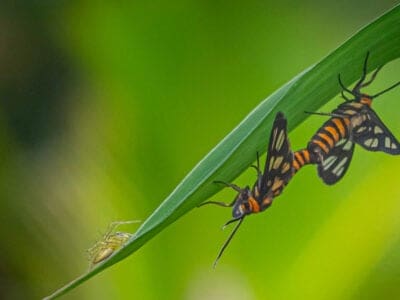
Tiger Moth
The bright colors of this moth are a signal to predators that it has a terrible taste.

Tortoise
Can live until they are more than 150 years old!
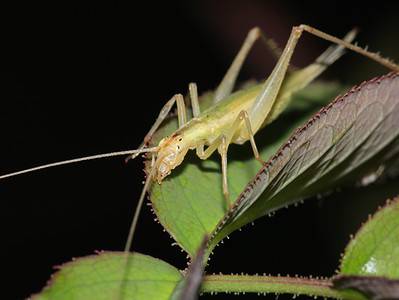
Tree Cricket
They make music with their wings

Tree Frog
Found in warmer jungles and forests!

Turtles
Some species of aquatic turtles can get up to 70 percent of their oxygen through their butt.
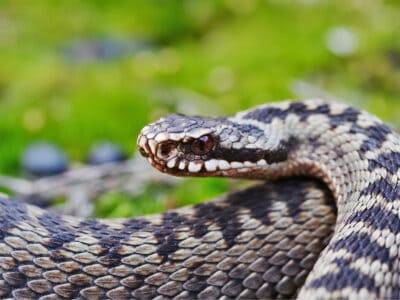
Viper
Vipers are one of the most widespread groups of snakes and inhabit most

Vulture
There are 30 different species worldwide!

Wasp
There are around 75,000 recognised species!
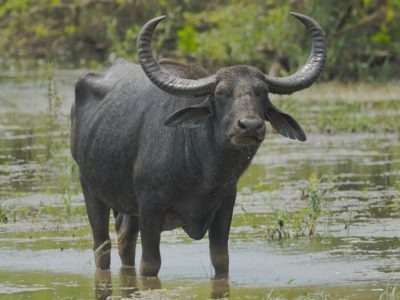
Water Buffalo
Has been domesticated for thousands of years!
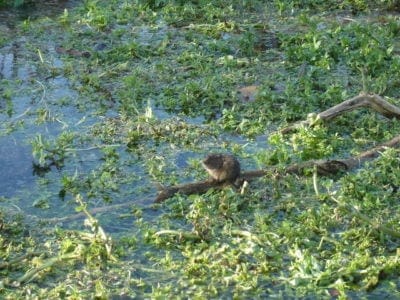
Water Vole
The largest Vole species in the UK!

Weasel
The smallest carnivorous mammal in the world!

White Ferret / Albino Ferrets
There are two different types of white ferrets!
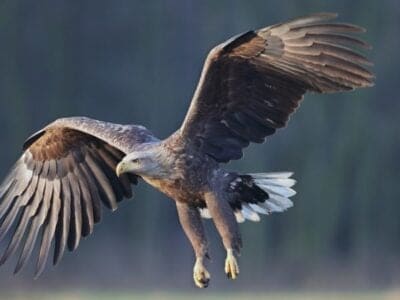
White-Tailed Eagle
It is one of the biggest birds of prey.
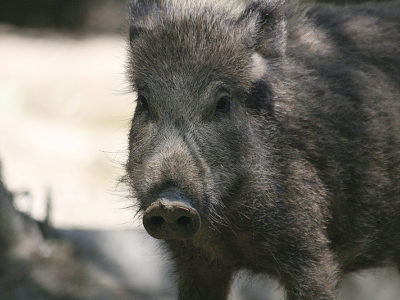
Wild Boar
Males have a top tusk to sharpen the bottom one!
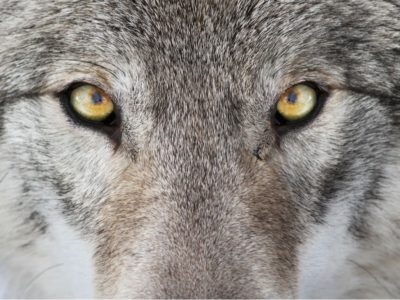
Wolf
Thought to date back more than 300,000 years!

Wolf Spider
Carnivorous arachnid that hunts its prey.

Woodlouse
This animal can roll up into a ball
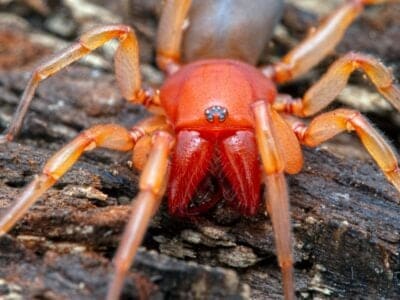
Woodlouse Spider
Unlike most spiders, woodlouse spiders don’t build a web.

Woodpecker
There are 200 different species!
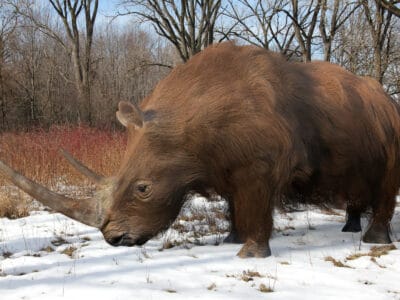
Woolly Rhinoceros
The woolly rhinoceros roamed the earth between three and a half million and 14,000 years ago.

Worm
Doesn’t have eyes.
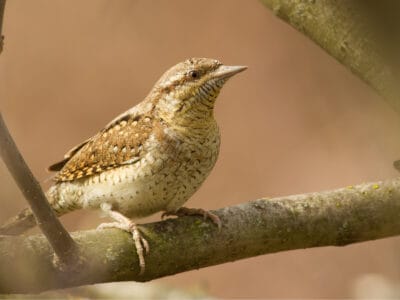
Wryneck
They feign death by making their bodies limp and closing their eyes.

Xeme (Sabine’s Gull)
They follow after seals and whales to eat their scraps.
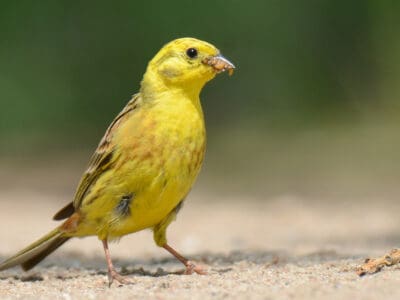
Yellowhammer
It interbreeds with the pine bunting
Danish Animals List
- Admiral Butterfly
- Ant
- Arctic Char
- Armyworm
- Asian Lady Beetle
- Atlantic Cod
- Aurochs
- Avocet
- Badger
- Barn Owl
- Barn Swallow
- Bat
- Beaver
- Bed Bugs
- Bee
- Beetle
- Beewolf wasp
- Bird
- Biscuit Beetle
- Black Widow Spider
- Booted Bantam
- Brown-banded Cockroach
- Brown Dog Tick
- Bumblebee
- Butterfly
- Camel Cricket
- Carpenter Ant
- Cat
- Caterpillar
- Catfish
- Centipede
- Chamois
- Chicken
- Cockroach
- Codling Moth
- Common Buzzard
- Common European Adder
- Common Frog
- Common Furniture Beetle
- Common House Spider
- Common Loon
- Common Raven
- Common Toad
- Cormorant
- Cow
- Crab
- Crab Spider
- Crane
- Cricket
- Crow
- Cuckoo
- Danish Swedish Farmdog
- Deer
- Dog
- Dog Tick
- Donkey
- Dormouse
- Dragonfly
- Duck
- Dung Beetle
- Eagle
- Earthworm
- Earwig
- Edible Frog
- Eel
- Eider
- English Longhorn Cattle
- Ermine
- Eurasian Bullfinch
- Eurasian Eagle-owl
- Eurasian Jay
- European Robin
- Falcon
- False Widow Spider
- Ferret
- Fire-Bellied Toad
- Firefly
- Flea
- Fly
- Flying Squirrel
- Fox
- Frog
- Fruit Fly
- German Cockroach
- Giant House Spider
- Glass Lizard
- Glowworm
- Gnat
- Goat
- Goldcrest
- Golden Eagle
- Golden Oriole
- Goose
- Grasshopper
- Gypsy Moth
- Hamster
- Hare
- Hawk Moth Caterpillar
- Hedgehog
- Heron
- Highland Cattle
- Honey Bee
- Honey Buzzard
- Hoopoe
- Horse
- Horsefly
- Housefly
- Human
- Huntsman Spider
- Insects
- Jumping Spider
- King Eider
- Kingfisher
- Ladybug
- Leech
- Lemming
- Linnet
- Lizard
- Loach
- Locust
- Long-Eared Owl
- Long-Tailed Tit
- Magpie
- Marsh Frog
- Mayfly
- Mealybug
- Merganser
- Millipede
- Mole
- Mongrel
- Moorhen
- Mosquito
- Moth
- Mouse
- Mule
- Natterjack
- Neanderthal
- Nematode
- Newt
- Nightingale
- No See Ums
- Old House Borer
- Orb Weaver
- Osprey
- Otter
- Owl
- Palaeophis
- Peregrine Falcon
- Pheasant
- Pig
- Pigeon
- Pika
- Pike Fish
- Pine Marten
- Pompano Fish
- Pond Skater
- Pool Frog
- Porcupine
- Purple Emperor Butterfly
- Puss Moth
- Quail
- Rabbit
- Raccoon
- Raccoon Dog
- Rat
- Red Deer
- River Turtle
- Robin
- Rodents
- Roe Deer
- Rooster
- Rough-Legged Hawk (Rough-Legged Buzzard)
- Sable Ferret
- Salamander
- Sand Crab
- Sand Lizard
- Scorpion
- Sea Eagle
- Seahorse
- Sheep
- Short-Eared Owl
- Shrew
- Shrimp
- Skink Lizard
- Slow Worm
- Slug
- Smokybrown Cockroach
- Snail
- Snake
- Snowy Owl
- Song Thrush
- Spadefoot Toad
- Sparrow
- Spider Wasp
- Squirrel
- Stick Insect
- Stoat
- Stork
- Swallowtail Butterfly
- Swan
- Tawny Owl
- Termite
- Thornback Ray
- Thrush
- Tick
- Tiger Beetle
- Tiger Moth
- Tortoise
- Tree Cricket
- Tree Frog
- Turtles
- Viper
- Vulture
- Wasp
- Water Buffalo
- Water Vole
- Weasel
- White Ferret / Albino Ferrets
- White-Tailed Eagle
- Wild Boar
- Wolf
- Wolf Spider
- Woodlouse
- Woodlouse Spider
- Woodpecker
- Woolly Rhinoceros
- Worm
- Wryneck
- Xeme (Sabine’s Gull)
- Yellowhammer
Denmark FAQs (Frequently Asked Questions)
What animals live in Denmark?
Denmark is home to a large number of deer, hare, rodents, bats, carnivores (like weasels and foxes), insects, freshwater fish, more than 300 unique species of birds, and cetaceans directly off the coast. Larger wildlife such as elks, wild boars, and aurochs went extinct in the country after the arrival of humans.
What is the most dangerous animal in Denmark?
The most dangerous Danish animal is probably the common European adder. It’s the only venomous snake in the country.
Does Denmark have bears?
No wild bears currently reside in Denmark, but they might have roamed the country at some point in the past.
What is the largest mammal in Denmark?
The largest wildlife in Denmark is probably the red deer. Weighing somewhere between 350 and 530 pounds, a male deer has a large body and massive antlers.




